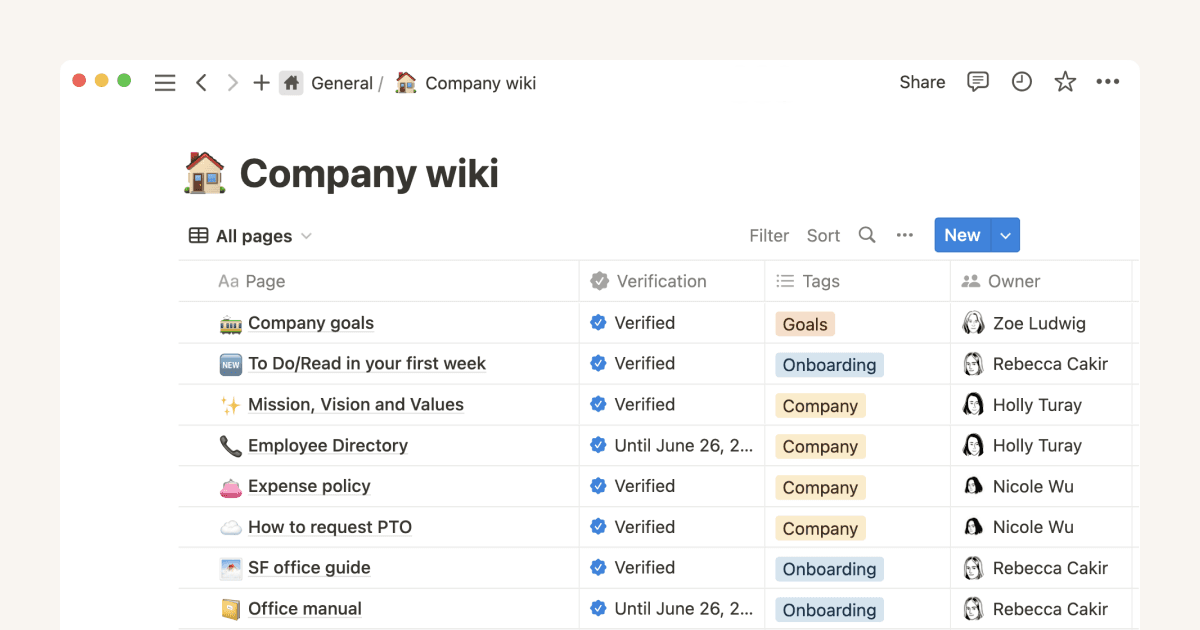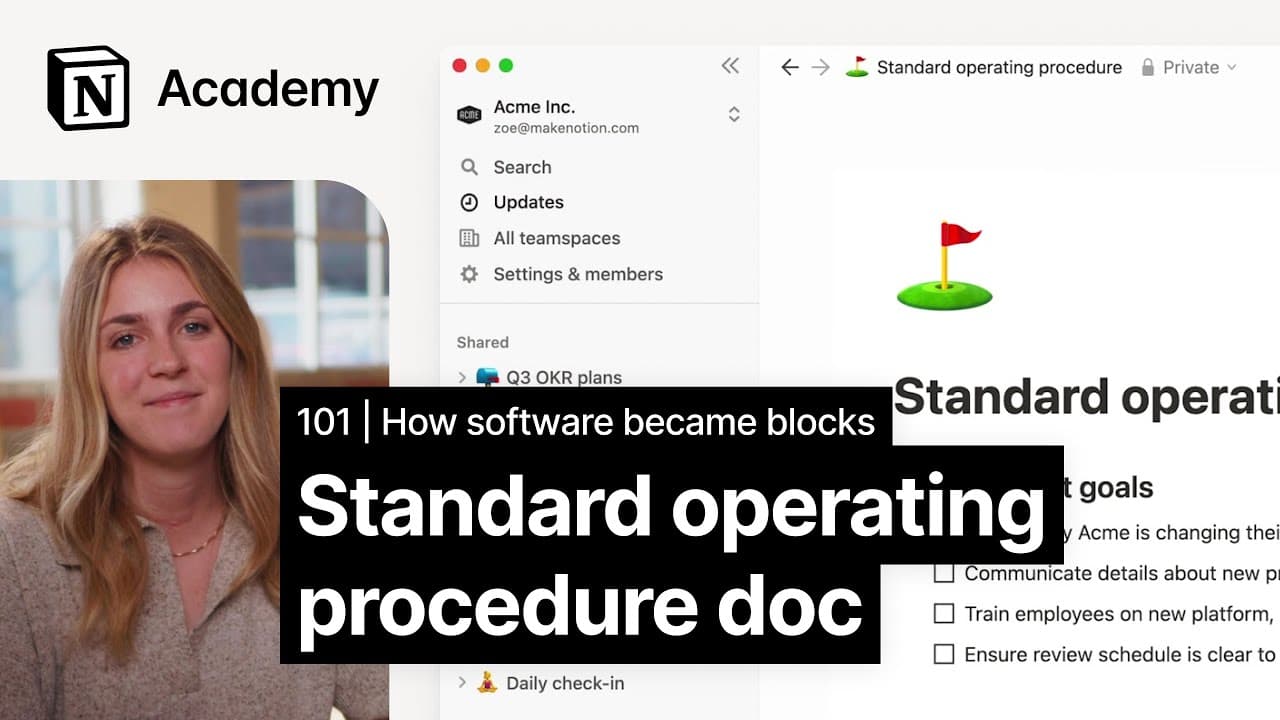Police Officer SOPs

About this template
This template contains Standard Operating Procedures (SOPs) for police officers, detailing protocols for various situations they may encounter. The first SOP outlines procedures for conducting routine traffic stops, emphasizing safety, legal compliance, and professional conduct. It covers preparation, initiating the stop, approaching the vehicle, conducting investigations, concluding the stop, and escalation protocols.
The second SOP focuses on responding to emergencies, including maintaining equipment readiness, receiving and evaluating calls, en route procedures, arriving at the scene, managing the emergency, and post-emergency actions. It also provides escalation protocols for larger-scale incidents. SOP 3 details de-escalation techniques, stressing emotional control, active listening, and non-threatening communication. It also advises on when to escalate and how to handle special considerations like mental health crises or language barriers.
Arrest procedures are the subject of SOP 4, which includes confirming legal grounds, gathering information, planning the approach, initiating the arrest, physical custody, transporting the suspect, procedures at the detention facility, and post-arrest actions. It also addresses special situations such as juvenile arrests or high-risk arrests. Incident reporting and documentation are covered in SOP 5, emphasizing accuracy, thoroughness, and timeliness. It details gathering information, writing the report, reviewing and submitting it, supplemental documentation, and special considerations.
The remaining SOPs address high-risk traffic stops, evidence collection and chain of custody, crowd control and riot management, active shooter response, and crime scene management. These sections provide detailed steps and special considerations for each unique situation, emphasizing safety, legal compliance, and professional conduct. The document concludes by reinforcing the importance of accurate reporting, proper evidence handling, and continuous training for police officers.











